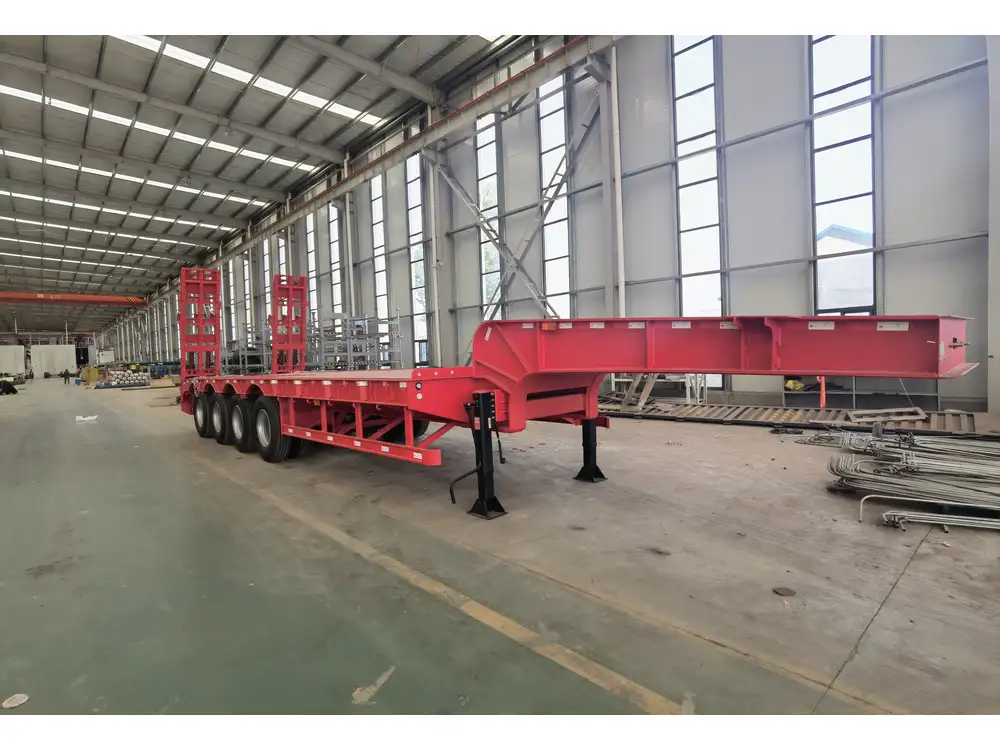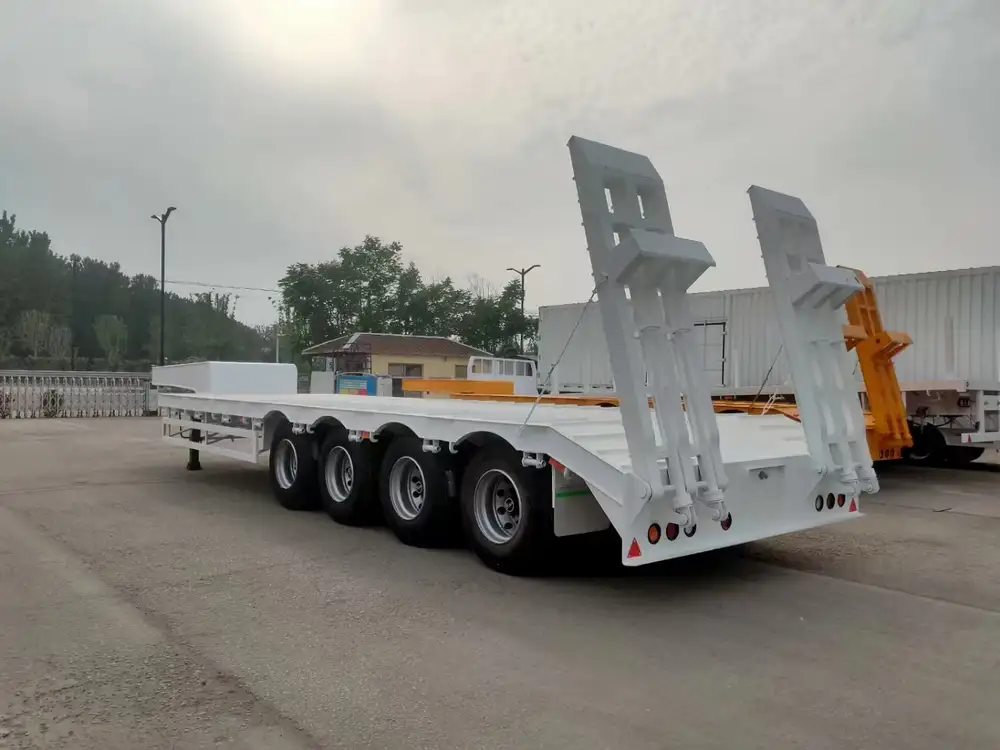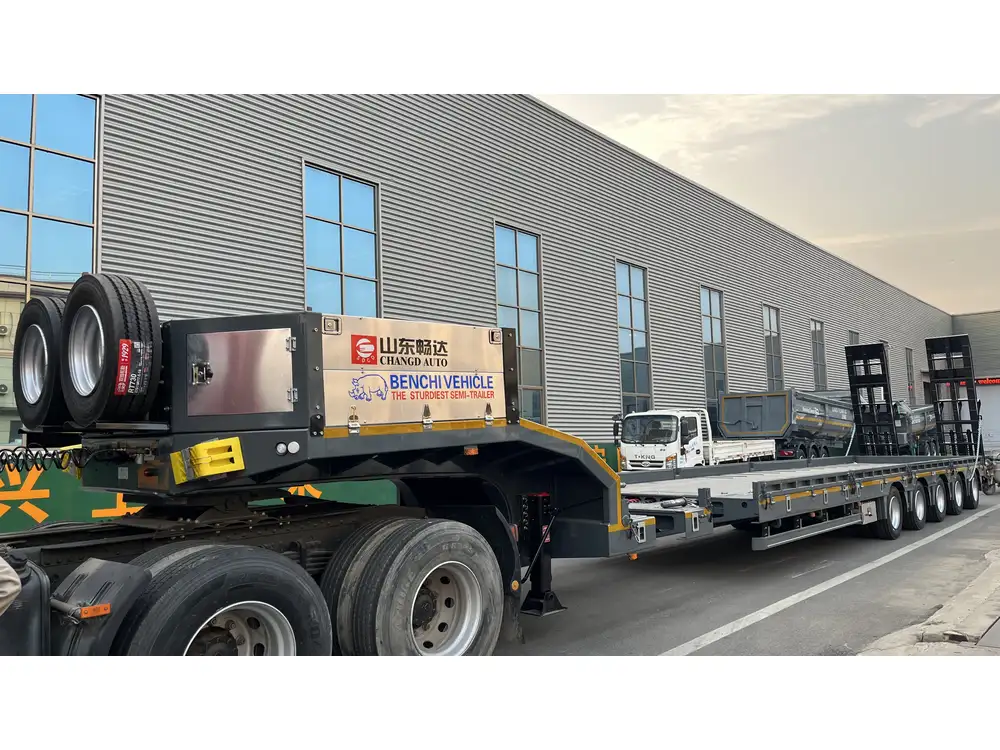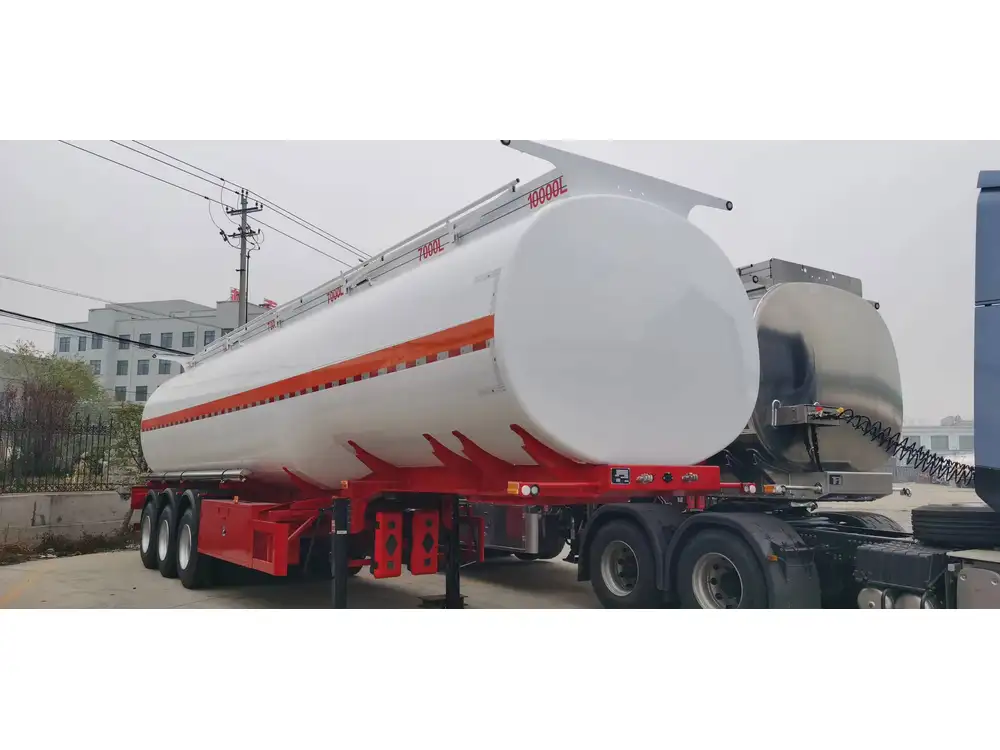Dump trailers are invaluable assets for contractors, landscapers, and DIY enthusiasts, facilitating the efficient transportation and disposal of materials. However, to fully utilize their potential, particularly with hydraulic operations, proper battery wiring is essential. In this detailed guide, we will explain the method to wire a battery condition dump trailer effectively, ensuring the optimal performance of your trailer’s hydraulic system.
Understanding the Dump Trailer’s Electrical System
Before diving into the wiring process, it’s crucial to understand the key components of your dump trailer’s electrical system:
- Battery: The source of power for the trailer’s hydraulic system.
- Hydraulic Pump: The mechanism that powers the lifting action.
- Control Switch: A switch that operates the hydraulic pump to raise and lower the dump bed.
- Wiring Harness: Cables connecting the battery to the pump and the control switch.
Components and Tools Required
Here is a comprehensive list of components and tools you will need before embarking on the wiring process:
| Components | Specifications |
|---|---|
| Deep Cycle Battery | 12V, rated for adequate capacity |
| Hydraulic Pump | Compatible with the trailer system |
| Battery Connector Cables | 6 AWG gauge or heavier |
| Control Switch | Momentary on/off type |
| Fuse or Circuit Breaker | Appropriate amperage rating |
| Terminal Connectors | Ring and spade connectors |
| In-line Battery Charger | Optional but recommended |
| Tools | Purpose |
|---|---|
| Wire Strippers | To remove insulation from wire ends |
| Crimping Tool | For secure connections of terminals |
| Multimeter | To test voltage and connections |
| Socket Wrench Set | For securing battery and pump connections |
| Screwdrivers | For installing the control switch |

Step-by-Step Wiring Process
Follow these structured steps to wire your battery condition dump trailer effectively:
1. Prepare the Work Area
Ensure you are working in a safe, well-lit environment. Disconnect the dump trailer from any towing vehicle to prevent accidental movement or power flow.
2. Positioning the Battery
- Location: Place the deep-cycle battery securely in the designated battery compartment. Ensure it sits level and is not prone to movement during transport.
- Securing: Use battery clamps or straps to keep the battery firmly in place.

3. Wiring the Battery to the Hydraulic Pump
a. Identify Terminals
Locate the positive (+) and negative (-) terminals on the battery and the corresponding terminals on the hydraulic pump.
b. Connecting Positive Terminal
- Use a battery connector cable (6 AWG or heavier) to connect the positive terminal of the battery to the positive terminal of the hydraulic pump.
- Ensure a solid fit to prevent voltage drop. Employ a ring terminal, crimped securely to the end of the cable.

c. Connecting Negative Terminal
- Take another connector cable and attach one end to the negative terminal of the battery.
- Connect the other end to a clean, bare area of the dump trailer’s frame. This serves as the ground connection, ensuring that the hydraulic pump operates smoothly.
4. Installing the Control Switch
a. Wiring from the Pump to the Switch
- Determine a suitable location for the control switch within easy reach of the driver or operator.
- Extend wiring from the hydraulic pump to the control switch:
- Connect one wire from the hydraulic pump’s positive terminal to one terminal of the control switch.
- Connect a wire from the other terminal of the control switch back to the positive terminal of the battery.

b. Grounding the Control Switch
Utilize a ground wire from the control switch to the dump trailer’s frame, ensuring minimal electrical resistance.
5. Incorporating Circuit Protection
To prevent damage from electrical surges, it’s crucial to incorporate a fuse or circuit breaker:
- Position the fuse holder inline on the positive wire connected to the hydraulic pump, close to the battery.
- Select a fuse rated for the pump’s amperage; this will vary based on the pump’s specifications. Common ratings range from 20 to 40 amps, depending on pump size.
6. Testing Your Connections
Before finalizing your setup, utilize a multimeter to check your connections:
- Ensure proper voltage is present at the pump when the control switch is activated.
- Confirm that there are no shorts or faulty connections.

Troubleshooting Common Wiring Issues
Even with careful installation, issues can arise. Here are some common problems and solutions:
Poor Lift Performance
Symptoms: The hydraulic pump operates, but the dump bed lifts poorly.
Solutions:
- Check Connections: Inspect all wiring for loose connections.
- Battery Charge: Ensure the battery is fully charged.
- Pump Functionality: If the pump is running but not lifting, it may need servicing or replacement.
Electrical Shorts
Symptoms: Fuses frequently blow or the control switch does not work.
Solutions:
- Inspect Wiring: Look for any signs of wear, fraying, or exposed wires.
- Recheck Ground Connections: Ensure that ground connections are clean and secure.

Maintaining Your Battery Condition Dump Trailer
Maintaining your trailer’s wiring and electrical system is crucial for long-term performance. Consider the following tips:
- Regular Inspections: Periodically check connections, wires, and components for wear and tear.
- Keep Battery Charged: Regularly charge the battery to prevent deep discharges, which can shorten its lifespan.
- Protect Against Elements: Use covers or casings to shield electrical components from moisture and dirt, which can cause corrosion and failure.
Enhancing Your Dump Trailer Experience
To maximize the usefulness of your dump trailer, consider the following enhancements:
Upgrade to a Lithium-Ion Battery
Switching from a traditional lead-acid battery to a lithium-ion option can provide:
- Lighter Weight: Reduces overall trailer weight for improved towing capacity.
- Longer Life: Lithium-ion batteries typically last longer and charge faster than lead-acid counterparts.

Remote Control Operation
To increase efficiency, consider installing a remote control system for your hydraulic pump. This allows operation from a distance, improving safety and ease of use.
Solar Charging Systems
Integrating solar panels can provide a renewable energy source for maintaining your battery condition:
- Installation: Mount solar panels on the trailer frame and connect to the battery via a charge controller.
- Benefits: This ensures your battery remains charged even during periods of inactivity.
Conclusion
Wiring a battery condition dump trailer requires an understanding of its electrical components and a systematic approach to installation. With the proper tools, components, and careful adherence to the steps outlined, you’ll ensure that your dump trailer operates efficiently, alleviating common problems associated with hydraulic systems. Regular maintenance and potential upgrades, such as lithium-ion batteries or enhanced control features, will further enhance your trailer’s utility and performance.
Incorporating this knowledge will undoubtedly help you avoid common pitfalls and make informed decisions on operating and upgrading your dump trailer, ensuring a reliable and effective tool in your fleet for years to come.



